Pentagon plans to require US Navy to provide launching ground for airstrikes in Afghanistan
The Pentagon is reportedly drawing up plans to shift the military involvement in Afghanistan onto the US Navy, which will likely be called on to deploy more aircraft carriers to the Middle East to provide launching ground for “over the horizon” airstrikes.
The withdrawal of American army troops from Afghanistan, which was completed in a chaotic fashion a day before the August 31 deadline, means the United States now has limited options to launch airstrikes on Afghan soil.
The lack of US-controlled airfields near Afghanistan has prompted military planners at the Pentagon to look at the US Navy as a potential alternative to the army, Politico reported, citing informed military sources.
If the plan is finalized, more drones and manned aircraft will be taking off from decks at sea to conduct airstrikes in Afghanistan.
“I think a lot of that mission is going to fall on the Navy,” a Navy official told Politico on condition of anonymity as the Pentagon’s plans have yet to be finalized. “This is a great example of why we need more money to operate forward — things like this are what we’re built to do, but we need the funding and support to keep doing it, and that hasn’t always been there.”
A fresh round of requests from the US Air Force and Navy to Congress to approve more funding for the plan could meet with opposition from lawmakers who had hoped the end of America’s longest war would finally see the US military focus more aggressively on China.
Defending his decision to hastily press ahead with his ill-planned withdrawal from Afghanistan, President Joe Biden pledged last week that airstrikes will continue in the country, but without American troops on the ground to back them up.
"We will maintain the fight against terrorism in Afghanistan and other countries. We just don't need to fight a ground war to do it," Biden said on Tuesday. "We have what's called over-the-horizon capabilities, which means we can strike terrorists and targets without American boots on the ground, very few, if needed."
But the Biden administration has yet to detail a plan for how aircraft will collect intelligence on potential targets, or conduct sustained missions from such great distances.
Air Force pilots flying from US bases in Qatar or the United Arab Emirates have for years conducted airstrikes in Afghanistan. But those missions are increasingly cumbersome as the American pilots first have to wind their way through the Persian Gulf around Iran, and back up through Pakistan. That means aircraft spend hours in the air and need refueling at least once before hovering over their intended targets in Afghanistan.
“Land-based fighters in Qatar or Kuwait may not have the time on station to do close-air support missions for special operations forces,” Bryan Clark, a former Navy officer now at the Hudson Institute, told Politico. He said that could lead to the use of more long-loitering drones, and Navy aircraft flown from decks at sea.
Flying drones and manned aircraft from a carrier in the North Arabian Sea would decrease some of that flight time, allowing pilots to fly over Pakistan before directly entering Afghanistan’s air space. But those deployments will put extra strain on crews and ships, and also require pulling assets from the Pacific, where the Biden administration needs them to counter the influence of China.
The Japan-based aircraft carrier USS Ronald Reagan, which flew F/A-18 Hornets over Kabul during the evacuation operation last month, still remains in the North Arabian Sea alongside the USS Iwo Jima, which launched the 24th Marine Expeditionary Unit into Kabul at the same time.
For decades, the United States has sought to project military power in the Pacific via its aircraft carriers based in Japan. The call to dispatch Reagan to the Middle East this spring worried China hawks in Washington, who bristled at the idea of leaving the entire Pacific region without a fully operational aircraft carrier for months on end.
The aircraft carrier will “likely remain there [the Middle East] until relieved since the US is now mounting counterterrorism operations in Afghanistan and [drones] may not work for all situations,” Clark said.
Military experts say that drones will also be central to US operations in Afghanistan going forward.
"Most of the airpower that we'll employ in Afghanistan is going to be unmanned, and my guess is that demand on these assets will go through the roof,” Bryan McGrath, a former destroyer captain and managing director of the FerryBridge Group consulting firm, told Politico.
The United States together with its allies invaded Afghanistan in 2001 supposedly to eliminate al-Qaeda in the country and topple a Taliban regime. Twenty years on, not only are the Taliban back at the helm again, Daesh -- the world’s most notorious terror organization -- is also poised to gain a foothold in the country.
President Biden is already facing mounting pressure and criticism from voices across the political spectrum, who are warning that the "the war is not over,” it has just taken on another form.
VIDEO | Australians protest over US action in Venezuela
Cuba declares national mourning for 32 citizens killed in US raids on Venezuela
Iran: US must release kidnapped Venezuelan president
After US aggression against Venezuela, Mexico could be next: Report
Qalibaf: Protesters must be heard but foreign-linked agitators will be dealt with
VIDEO | German government refuses to condemn US aggression against Venezuela
Venezuela’s acting president calls for peaceful coexistence, dialogue with US
Denmark, Greenland leaders urge Trump to halt takeover threats


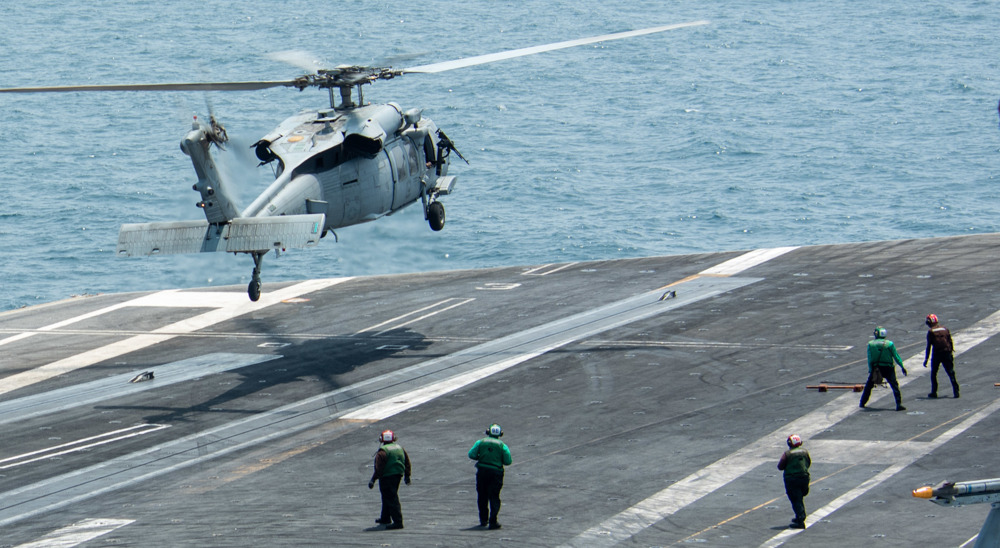
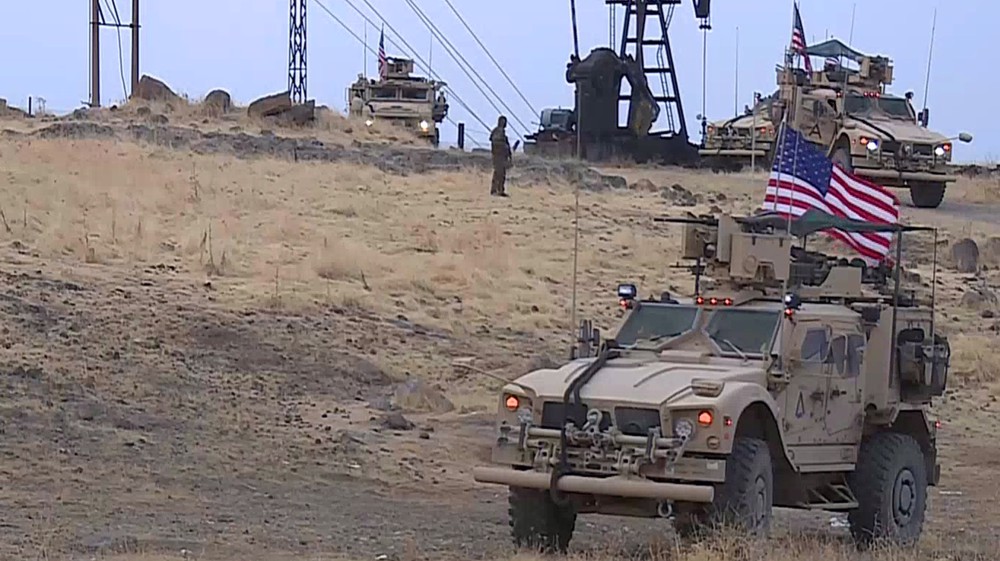
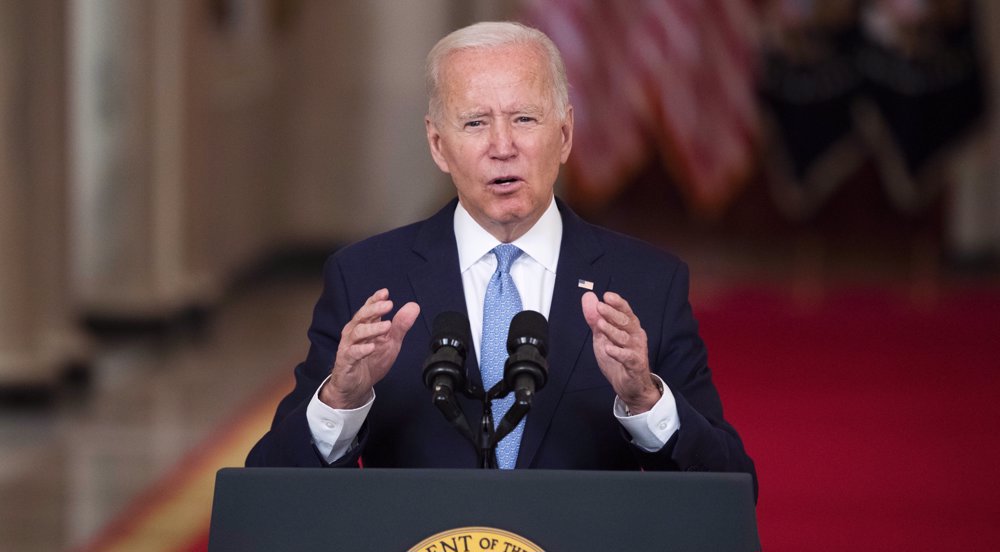
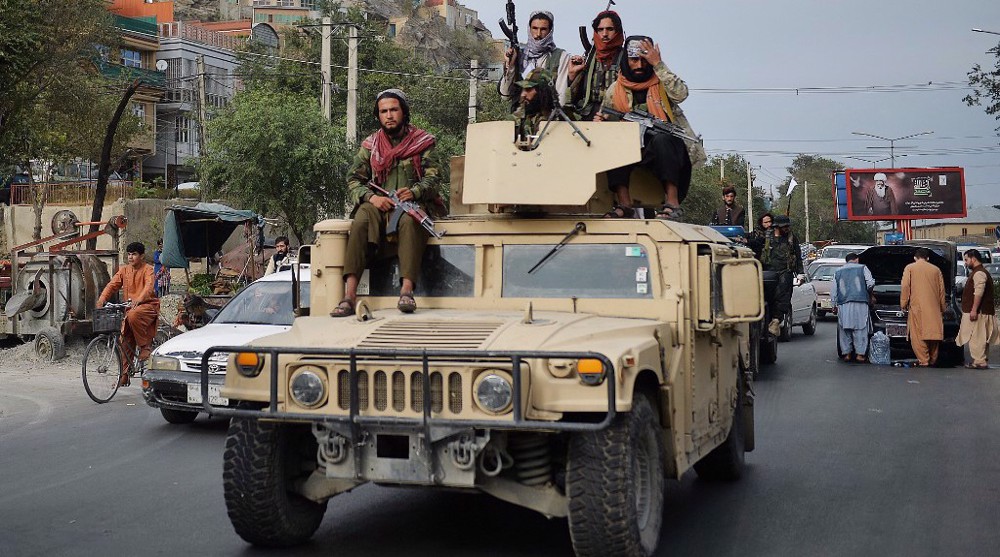







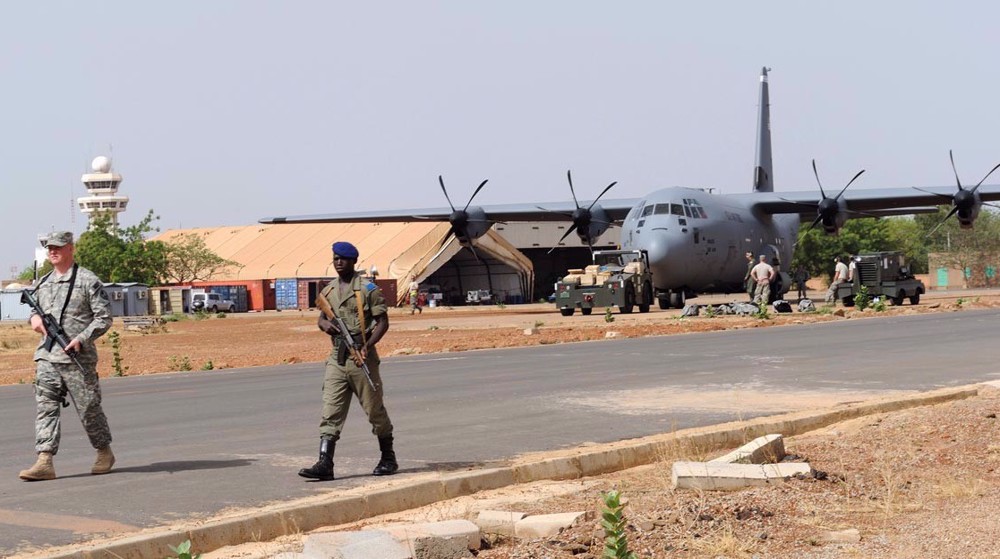
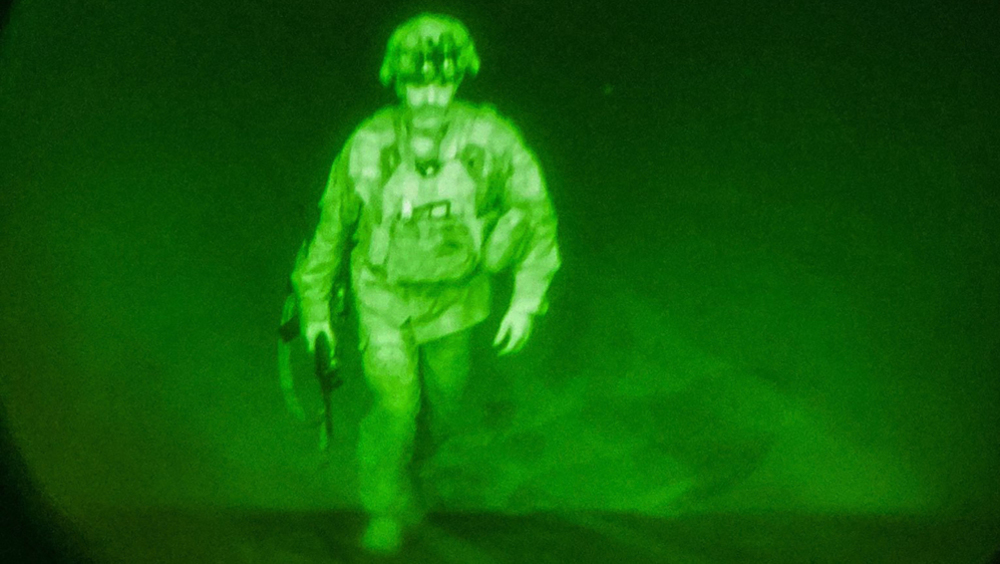
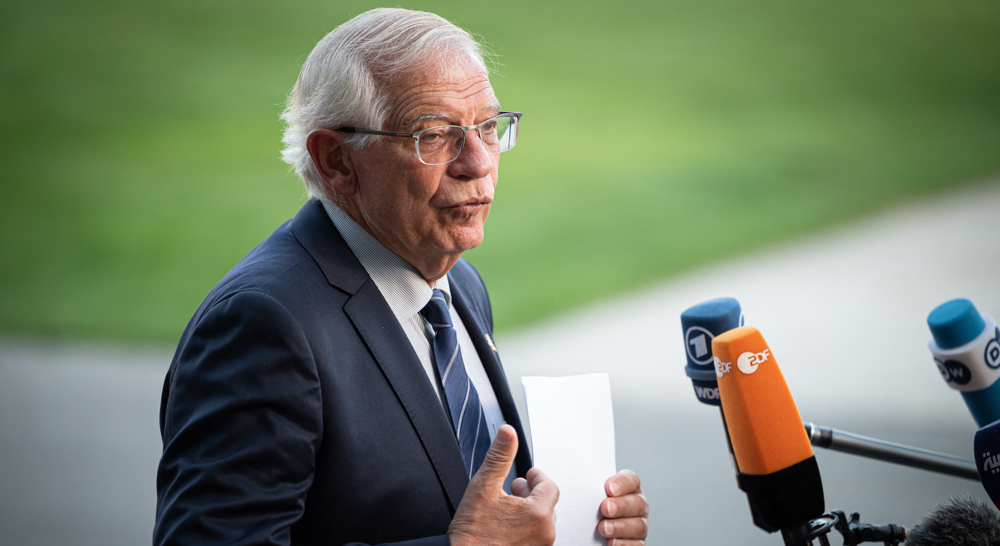
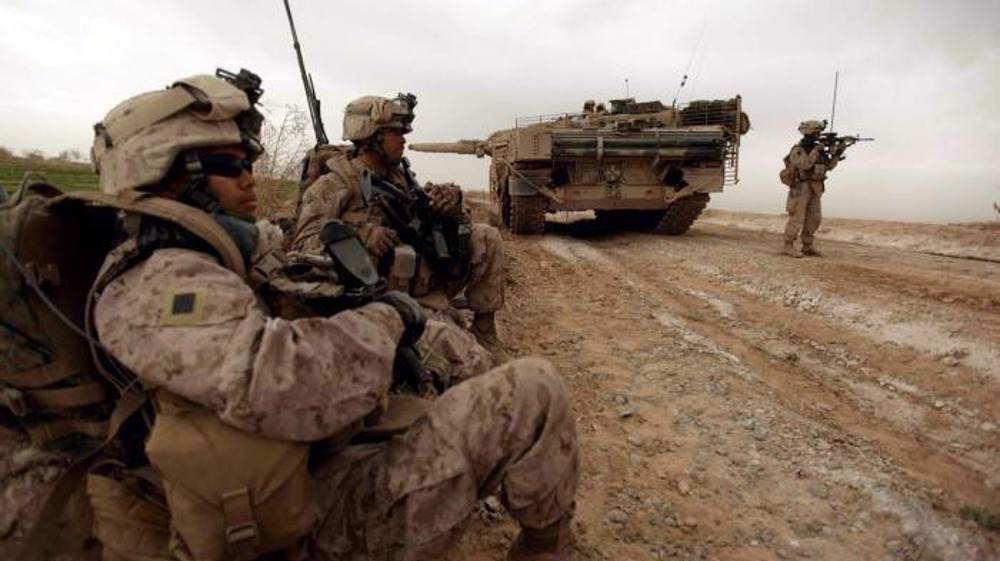
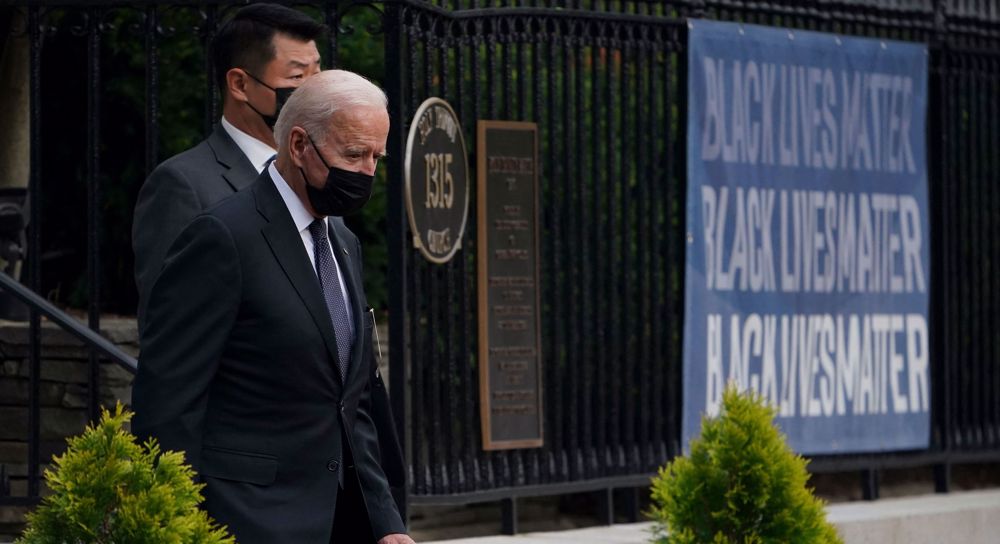
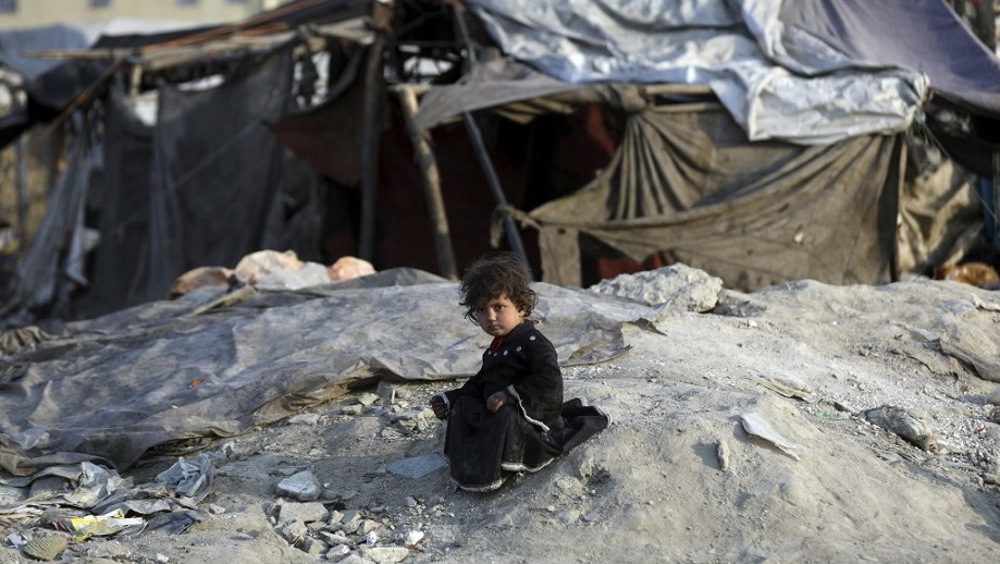

 This makes it easy to access the Press TV website
This makes it easy to access the Press TV website